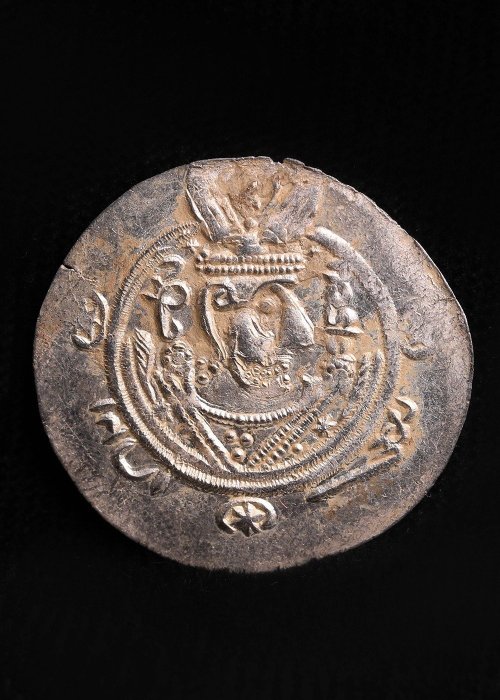
Sasanian-Tabaristan Hopea Hemidrakhm (Ei pohjahintaa)
Nro. 83069789

Nro. 83069789

A fine Tabaristan silver hemidrachm. The obverse features the bust of a Sasanian king facing right, wearing a crown with wings, a crescent, a star and a diadem. He presents classic Sasanian characteristics such as the beard and moustache. To the reverse, a fire altar with two facing attendants.
Tabaristan was in the ancient Persian region located along the Caspian Sea in what is now known as Northern Iran. The Sasanian coins were distinctive in that the royal headdress was always shown on one side and the fire altar with attendants on the other. Over time little changed to the coins, the king’s face was still depicted as human however the attendants became more stylised, much like these coins. The fire altar is a symbol of Zoroastrianism, the first religion known to be practised in Persian history. The first Sasanian ruler, Ardashir I, devoted himself to the religion and had the fire altar added to the coin. The coins served as a form of propaganda to promote both religious and political views.
Diameter: 2.9cm
Weight: 1.63g
Provenance: Ex Cambridgeshire private collection, acquired 1970s.
Näin ostat Catawikistä
1. Löydä jotain erityistä
2. Tee korkein tarjous
3. Maksa turvallisesti